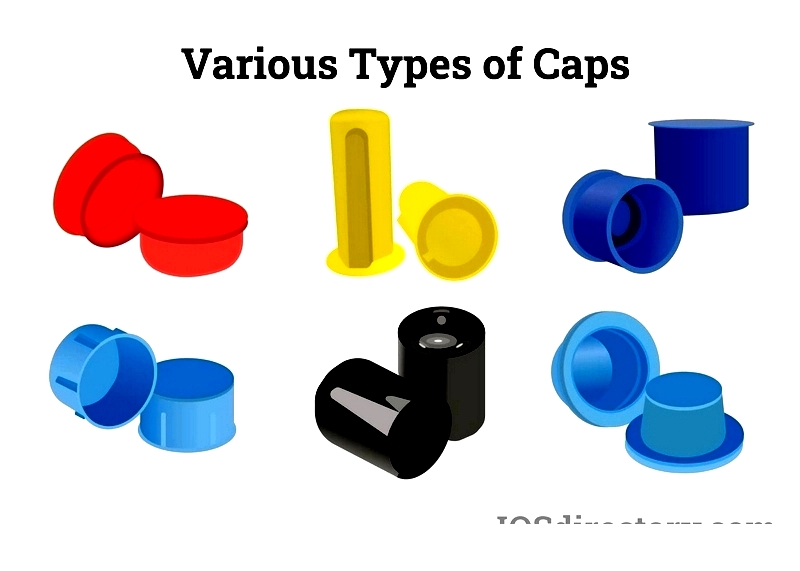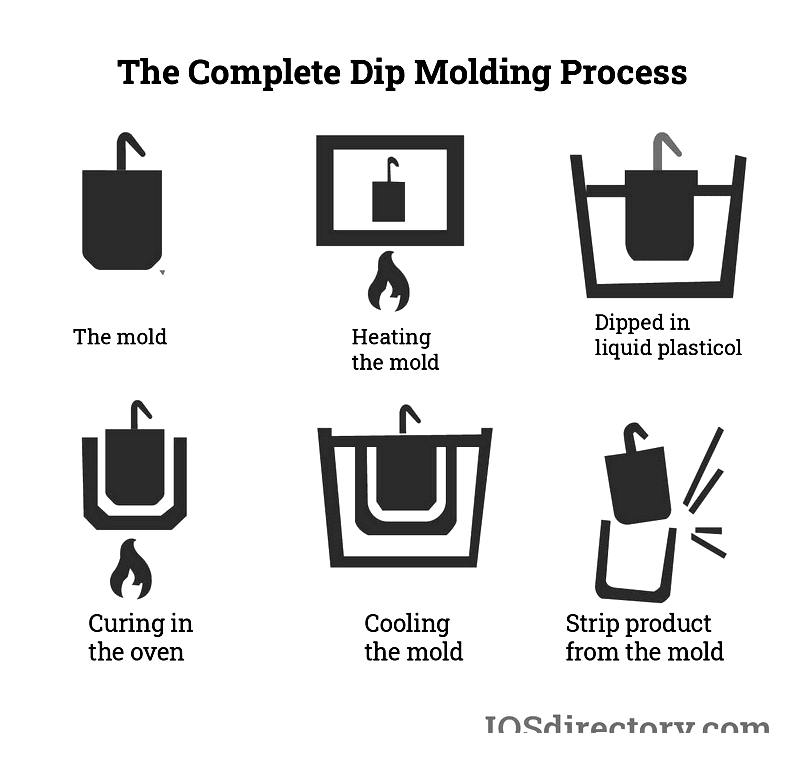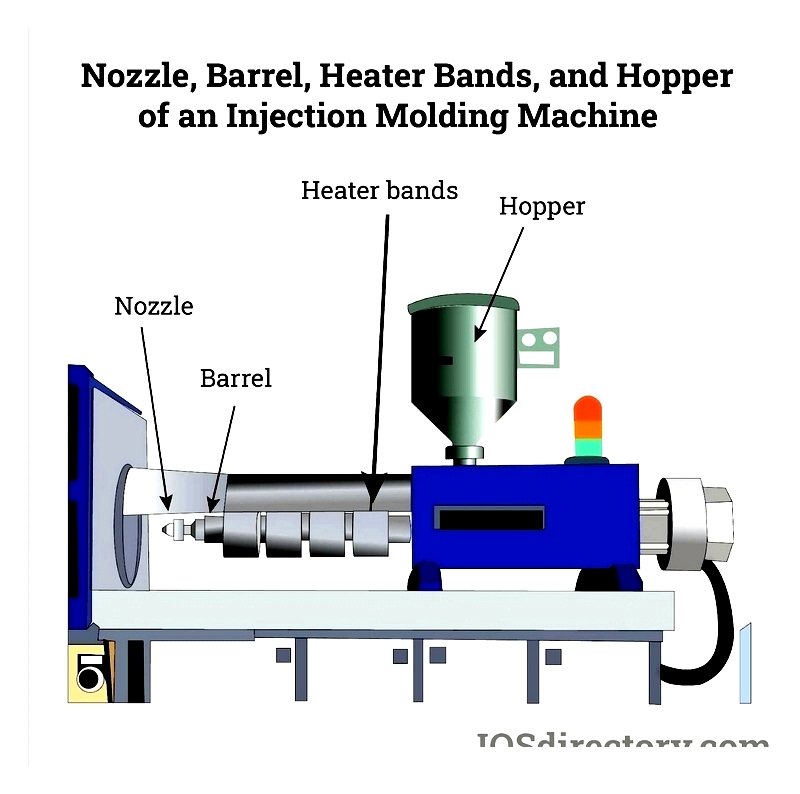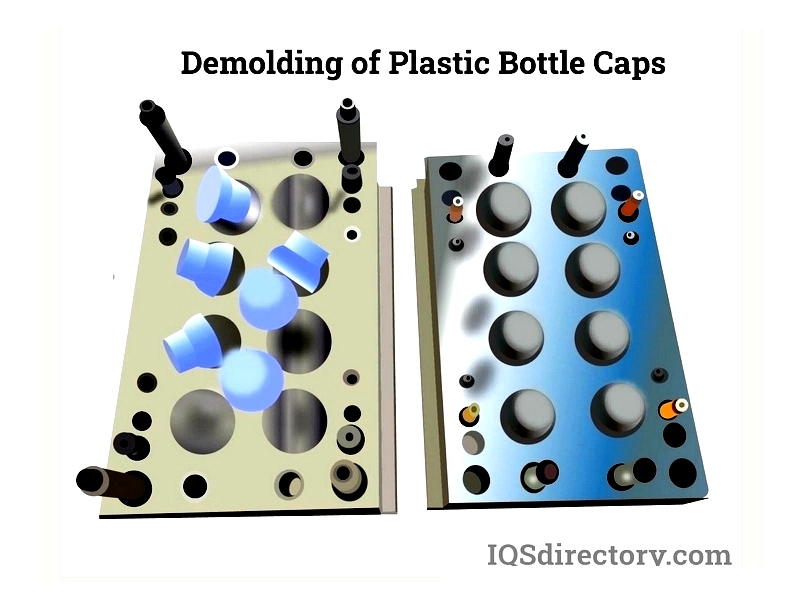Introduction
This is the most comprehensive online guide where you'll discover:
- The definition of Plastic Caps and Plugs
- Different varieties of Plastic Caps and Plugs
- The manufacturing process of Plastic Caps and Plugs
- Practical applications of Plastic Caps and Plugs
- Common plastics used in production
- Plus additional valuable information...

Chapter One – Understanding Plastic Caps and Plugs
Plastic caps and plugs provide effective sealing solutions for tube ends, container openings, and various cylindrical components. While caps cover openings externally, plugs insert internally for secure closure. Available in countless sizes, colors, and configurations, these components accommodate diverse industrial, commercial, and household needs—including food-grade applications requiring special certification. Their versatility extends to custom designs for unique requirements.

Polyethylene—available in four primary types—serves as the predominant material due to its durability and flexibility. Material selection proves critical since industrial-grade plastics for hydraulic systems differ significantly from consumer-grade container materials. The market offers both threaded and non-threaded variants, with some hybrid designs functioning as both plug and cap through integrated threading and flange systems.
Chapter Two – Manufacturing Processes for Caps and Plugs
Cap and plug production involves precision engineering to meet exacting dimensional and performance standards across industries. These essential components prevent contamination and damage during storage/transport. Dip molding and injection molding dominate industrial production, offering material efficiency, high-volume output, and customization capabilities for specialized applications.
Dip Molding Process
This economical method excels in producing flexible vinyl protectors. The technique submerges metal molds in PVC plastisol, creating seamless protective coverings through material adhesion. Ideal for uniform batch production, the process involves six key stages:
Mold Selection
High-grade steel/aluminum molds—crafted via CNC machining or industrial casting—determine product geometry and sealing performance.

Mold Preheating
Precise oven heating ensures proper material adhesion and influences wall thickness for applications requiring durability (pipe protection, chemical resistance).
Plastisol Immersion
Controlled dipping parameters (time/speed) determine product uniformity and surface quality for specific end-uses like dust prevention.

Material Curing
Oven curing transforms plastisol into resilient products meeting industry strength standards, with immersion duration controlling wall thickness.
Controlled Cooling
Water baths or air systems preserve product integrity while enabling efficient demolding.
Product Extraction
Automated air ejection or manual removal (with FDA-approved release agents) ensures residue-free separation, crucial for food/pharma applications.

Injection Molding Technology
This high-precision method dominates mass production of threaded/tamper-evident closures using thermoplastics (PET, PP, PVC). The seven-stage process delivers exceptional consistency for bottle caps, automotive components, and industrial fittings:
Precision Mold Design
CAD/CNC-produced multi-cavity molds (hardened steel/aluminum) enable rapid prototyping and high-volume output.
Material Loading
Automated hopper systems feed pellets with precision dosing for quality assurance in medical/food applications.

Barrel Processing
Helical screws convey material through heated barrels, achieving optimal viscosity for defect-free products.

High-Pressure Injection
Molten plastic fills mold cavities under controlled conditions, replicating intricate details for leak-proof seals.

Precision Cooling
Optimized cooling channels prevent warping while reducing cycle times.
Automated Demolding
Ejector systems preserve thread integrity during high-speed removal, with integrated inspection ensuring quality control.

Understanding these processes enables informed material and method selection for specific sealing/masking needs. Consult manufacturers regarding material grades, secondary finishing, or custom configurations to optimize product performance.
Chapter Three – Industry-Leading Plastic Cap Machinery
Specialized equipment drives cap production for packaging sectors (beverage, pharma, cosmetics). Machine selection impacts quality, efficiency, and market competitiveness. This overview highlights North American manufacturers offering advanced solutions:
SACMI
CCM Series
Continuous Compression Molding technology delivers high-speed, energy-efficient production for PET/hot-fill closures, featuring real-time monitoring and modular expandability.
Husky Injection Molding
HyCAP Series
Advanced hot runner systems and rapid mold changes support high-volume beverage/pharmaceutical closure production with superior dimensional control.
Nissei ASB
ASB Series
Injection stretch blow molding excels in PET closure manufacturing, offering precise wall thickness control and space-efficient operation.
KraussMaffei
Netstal ELION
All-electric systems provide unmatched precision for lightweight/thin-walled caps, with seamless automation integration.
Sumitomo (SHI) Demag
IntElect Series
Fully-electric design combines sustainability with ultra-fast cycles, ideal for food/cosmetic/pharmaceutical closures.
Selection Criteria
evaluate production needs, energy efficiency, footprint, closure compatibility, and upgrade potential. Consider emerging trends like sustainable materials and smart closures when investing in future-proof equipment.




